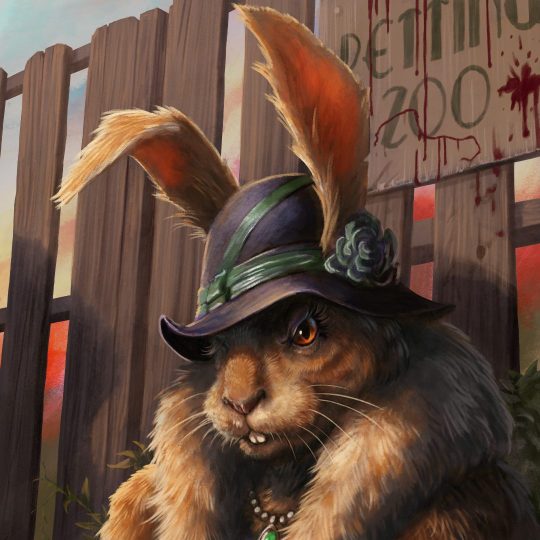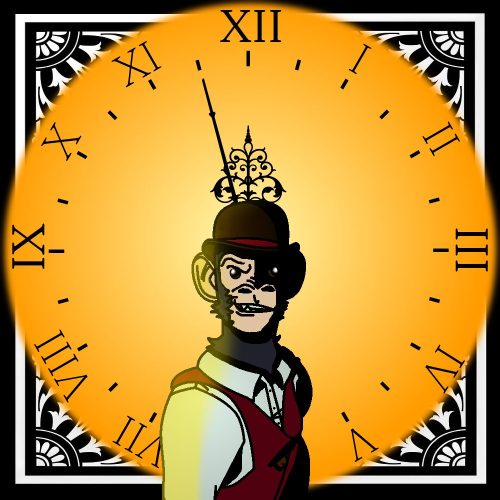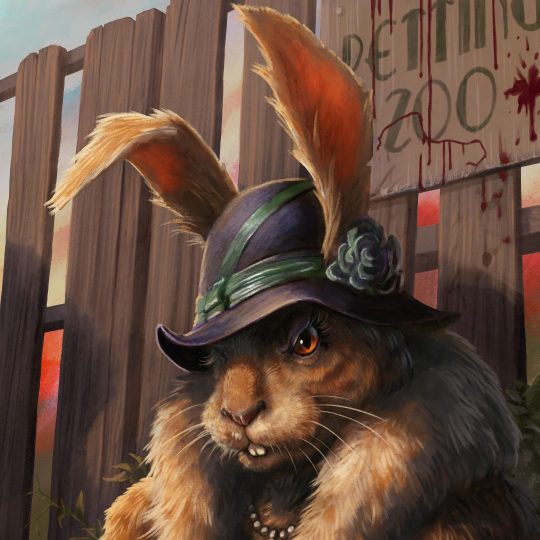The (Historical) Problem with Fantasy Coinage in Dungeons and Dragons
 Dungeons and Dragons (DnD) and the dozens of other games that draw inspiration from it are obviously fantasy. This fact does not stop at the elves, dragons, and magic either. While DnD picks and chooses elements of history to incorporate into its mechanics and lore, it outright rejects other parts.
Dungeons and Dragons (DnD) and the dozens of other games that draw inspiration from it are obviously fantasy. This fact does not stop at the elves, dragons, and magic either. While DnD picks and chooses elements of history to incorporate into its mechanics and lore, it outright rejects other parts.
For example, many pieces of the armor that various editions of DnD present are accurate enough for a game but others, such as studded armor, both never existed and would not have been beneficial had they existed (that, however, is the subject for a different article).
Another one of these less than historically accurate examples is the various coinage these games have presented over the years. Before I begin, I ask that the reader understand that the phrase "historically accurate" refers to the historical parallels DnD draws with real earthly history.
Although the game is obviously fantasy, it is set in a world bound by many of the same societal values and ideas we humans have had regarding such topics as the value of goods, services, and most importantly for this article, metals.
Firstly, DnD would have been greatly weakened by a historically accurate monetary system. Historically, money was not built on the modern system Americans use today (10 pennies equals 1 dime, 10 dimes equals 1 dollar etc.) Additionally, while American currency does not always transfer directly to other nations currency, theirs also tend to be based on a metric like system.
This was not always the case. In the medieval period, which most DnD games vaguely mimic, European countries all had different systems of currency. The following is a fantastic informational piece that discusses this systems of currency: http://www.lscacamp.org/Portals/0/Medieval%20Money.pdf. The gist of the piece is that yes, like DnD, gold, silver, and copper coins existed.
However unlike DnD this was basically never a ten based system. Gold was extremely valuable in Medieval Europe because there was a very limited supply. A gold coin was worth much more than a copper coin and worth quite a deal more than 10 silver coins in many cases. One may note that coins made of platinum haven’t been mentioned.
This is primarily because historically naturally occurring platinum was viewed as an impurity and the ore  was more or less unobtainable in the pure form one would need for coins until about 1752 (https://en.wikipedia.org/wiki/Platinum). For context, most DnD settings, based on the technology available and the level of education characters are implied to have, tend to be loosely based on the late-medieval period and early renaissance (1300s-1500s).
was more or less unobtainable in the pure form one would need for coins until about 1752 (https://en.wikipedia.org/wiki/Platinum). For context, most DnD settings, based on the technology available and the level of education characters are implied to have, tend to be loosely based on the late-medieval period and early renaissance (1300s-1500s).
There are a few ways the coinage system in DnD can be justified, beyond the fact it makes the buying and selling of goods not a terrible chore of converting various coin values. Starting simply, with the introduction of dwarves into a historical timeline, one could easily justify their race discovering the process to extract pure or near pure platinum much earlier than humans historically did.
As for the value of coins (1 Platinum = 10 Gold = 100 Silver = 1000 Copper), this could all be justified with metal either being less rare than it was historically, which makes sense because very few DnD settings are set on a historically based earth, or the coins could be sized and weighted differently than one might imagine.
In regards to metal rarity, in Medieval Europe gold was very rare. Yes, gold is rare today, but humanity has had many years to gather gold now and our technology to detect and mine it has dramatically improved. One must bear in mind that Europe was relatively isolationist in the medieval period and the Americas had not yet been discovered by European society (yes, Vikings had discovered them earlier but very little, on the grand scale, was done with the discovery).
In a fantasy setting, none of this has to be the case and I might venture to say it often clearly isn’t. Imagine the stereotypical dragons hoard, such as how Smaugs hoard is depicted in the recent Hobbit movies. That amount of gold, so that it is clear, simply did not exist in Medieval and Renaissance Europe. If it had, the value of gold would have been significantly lessened.
Therefore, it is very possible in someones setting that gold, silver, and copper are of a certain rarity and value that yes, the coin system works. The downside of this system is that technically gold items would be less appreciated by nobility (the primary historical owners of gold items) due to the items being less rare and prestigious but since it is still a fairly valuable metal and rare fantasy metals such as mithril and admantine could take the status symbol place that gold traditionally took, this is a minor issue. Another option to make the DnD coin system work in a historical context is to change the traditional coin sizes. Perhaps copper coins are fairly large and heavy, like half dollars, and gold coins very small, like pennies.
The exact size that would make sense probably varies game to game and even region to region but the  point remains. Ten large copper coins could easily be justified to match the value of a moderate or small sized silver coin and so on. The problem with this system of coinage is more a player expectation problem. Some players and Dungeon Masters might feel silly if everyone is carrying large copper half-dollars. Of the two already suggested systems, my preference would probably be the one regarding the changing of metal rarity.
point remains. Ten large copper coins could easily be justified to match the value of a moderate or small sized silver coin and so on. The problem with this system of coinage is more a player expectation problem. Some players and Dungeon Masters might feel silly if everyone is carrying large copper half-dollars. Of the two already suggested systems, my preference would probably be the one regarding the changing of metal rarity.
It makes sense without changing much about the game players would notice, and requires almost no work on the Dungeon Masters part besides maybe giving high level royalty and nobles mithril jewelry instead of gold. That said, there is of course a third option. Change nothing. I accept that to most, historical accuracy is largely irrelevant. Yes, obviously the game isn't set in a real historical period so obviously the game, players, and Dungeon Master can do whatever they want.
To some, making the game more accurate to reality will add nothing and possibly cause unnecessary confusion. However, to others like myself who enjoy both gaming and history, sometimes little changes to make the world feel more real and believable can do a lot to make the game more enjoyable and engrossing.
Until Next Time Stay Nerdy!












Mike Black
July 5, 2016 at 3:38 amFairly interesting article and one that I'll keep in mind when designing a coinage system, I really like the idea of using mithral as a coin base.
On another note in many of the games I run I use the coinage system used in the rules because it puts all the players on the same page I am. I don't bother with tracking exact coinage and instead borrow a modified wealth system from the White Wolf books.
On a purely flavor based note it makes sense that using different rare materials as valuable coins.
Quin Callahan
July 7, 2016 at 5:47 amTracking exact coinage can be tough, nightmarish if the PCs either don’t do it or are bad at it. I’ve never played a White Wolf game so I can’t say I know what the wealth system is like. It’s more abstract?